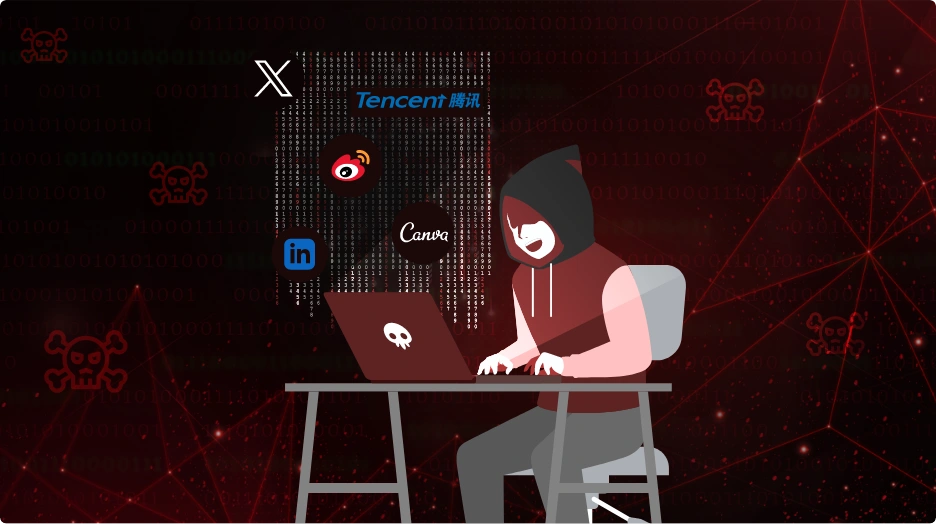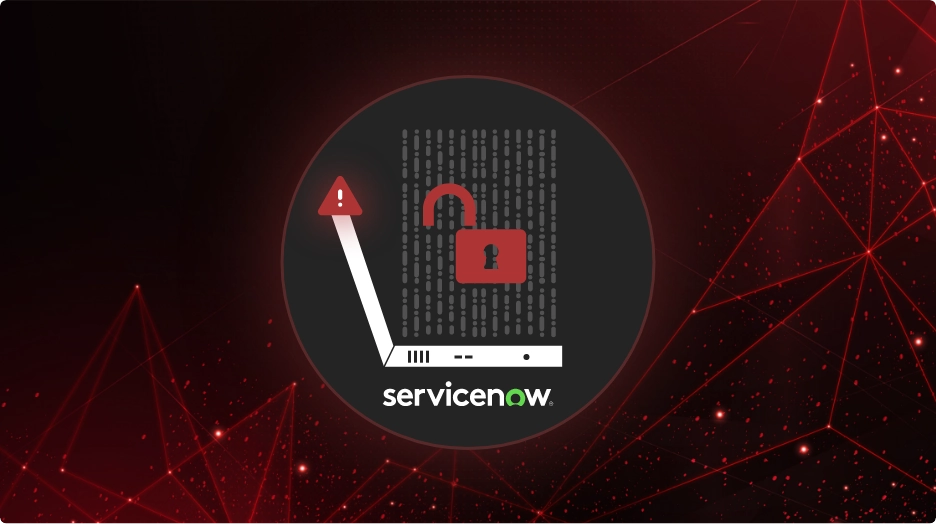
CheckRed Editorial
Case Study – The Okta Breach of October 2023
The Okta breach of October 20, 2023, can be considered a wake-up call in the world of cybersecurity. This case study will delve into the incident, which saw attackers compromise Okta’s customer support system and gain access to sensitive HAR files, containing session tokens and cookies.
The breach highlights the ever-present threat to online security and the importance of understanding its nuances. Studying this incident is crucial for raising awareness about the evolving tactics employed by cybercriminals and the vulnerabilities that exist even within robust security systems.
Examining the Okta breach can offer valuable lessons and insights to better protect our digital identities and vital business information. This case study will explore the incident of the breach and try to grasp the role SSPM can play in preventing or mitigating similar risks.

Okta – A Brief Background
Okta is a prominent identity management service provider. Okta has long been a stalwart in the cybersecurity landscape. Renowned for its commitment to securing the digital identities of individuals and businesses, Okta holds a trusted position in the industry landscape that it caters to.
As one of the established leaders in identity management, Okta is recognized for its innovative solutions that safeguard user access to systems, applications, and data. The company’s reputation for offering robust security measures has made it a go-to choice for numerous organizations looking to fortify their online defenses.
The Okta Breach Incident
On October 20, 2023, Okta found itself at the center of a cybersecurity storm when its customer support system was breached. Attackers, using stolen credentials, infiltrated the support system and gained access to HTTP Archive (HAR) files uploaded by Okta’s customers. These files contained a wealth of sensitive data, including session tokens and cookies.
The breach posed a significant threat as it allowed the attackers to target Okta’s customer base with the potential to gain control of their identity management systems and connected applications. The attackers, enabled by the stolen HAR files, leveraged highly privileged accounts, aiming to compromise Identity Provider (IdP) instances and associated applications.
This incident must be taken into account as a stark reminder of the evolving and persistent nature of cyber threats. The breach highlights the critical importance of understanding the tactics used by attackers and the vulnerabilities that can be exploited, even within organizations recognized for their cybersecurity prowess.
Attack Tactics
The attackers behind the Okta breach skillfully utilized stolen HAR files to infiltrate Okta’s customer base. These files, originally intended for support session browser recordings, contained a hidden treasure trove of session tokens and cookies. With this stolen information, the attackers embarked on a sequence of actions aimed at compromising Okta customer accounts.
First, they employed a session from one of the pilfered HAR files to gain entry into a customer’s Okta tenant, using either the console or the API. Once inside, they activated inactive user accounts or created new ones. Subsequently, the attackers tampered with Multi-Factor Authentication (MFA) settings, adding their own controlled tokens into the mix.
After these initial steps, the attackers switched to previously inactive accounts. Their final move involved attempting to disable MFA on other IT and security accounts. Notably, the traffic used in these actions frequently originated from Browsec VPN egress points, a commonly used tool for anonymizing online activities.
Detection and Confirmation
The breach was first identified by BeyondTrust, a security solutions provider, which detected the attack leveraging the stolen HAR files on October 2, 2023. They promptly alerted Okta to the breach.
However, the path from detection to confirmation was not immediate. It took Okta more than two weeks, with Okta’s confirmation of the breach only arriving on October 19, 2023. This delay between detection and confirmation highlights the challenges and complexities in recognizing and responding to cyber threats, even for security-aware organizations. It also emphasizes the need for swift action and continuous monitoring in the realm of cybersecurity.
Impact on Cloudflare
The Okta breach extended its sinister reach to Cloudflare’s systems, presenting a clear example of how such incidents can have a domino effect. The attackers employed an authentication token stolen from Okta’s support system to pivot into Cloudflare’s Okta instance. This gave them an open session with administrative privileges within Cloudflare.
In response, Cloudflare took swift and proactive measures to contain the situation. Their Security Incident Response Team (SIRT) detected the breach in real time and initiated immediate containment procedures. This prompt action significantly minimized the impact on Cloudflare’s systems, ensuring that customer data remained secure.
The Role of SSPM in the Context of the Breach
SaaS Security Posture Management (SSPM) plays a pivotal role in safeguarding organizations against cyber threats. It provides a holistic approach to secure SaaS environments. These tools can alert organizations to specific risks, potential security incidents, or anomalous activities detected within their SaaS instances. By continuously monitoring activities and providing alerts, SSPM solutions add an extra layer of protection, helping organizations identify and mitigate potential security risks. In the context of the Okta breach, understanding the capabilities of SSPM is critical for organizations looking to prevent similar attacks and maintain a robust security posture in the ever-evolving landscape of cybersecurity.
In conclusion, the Okta breach highlights the importance of vigilance in safeguarding identity and access management systems. Choosing the right SSPM solution is crucial in ensuring a proactive defense against security threats. CheckRed is one such SSPM solution that excels in comprehensively and continuously monitoring and securing SaaS applications like Okta. Its robust capabilities enable organizations to maintain the highest level of security.
See CheckRed in Action
Dive into the future with our interactive demo
and explore the possibilities.
Related Posts




